![]() December 20, 2023
December 20, 2023
![]() 685
685
![]() 0
0
Vijayanagara Paintings: Rise of Artistic Splendor Amidst Dynastic Transition
As the Chola dynasty declined in the thirteenth century, the Vijayanagara Dynasty (fourteenth-sixteenth centuries) rose to power. Hampi served as its capital, capturing the region from Hampi to Trichy.
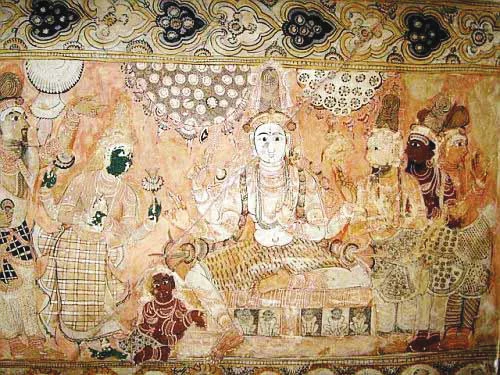
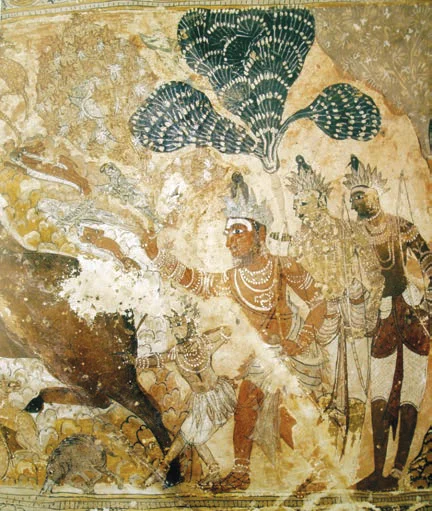
Nayaka Paintings: Timeless Paintings in Tamil Nadu’s Cultural Tapestry
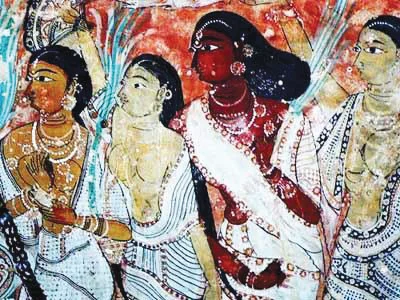
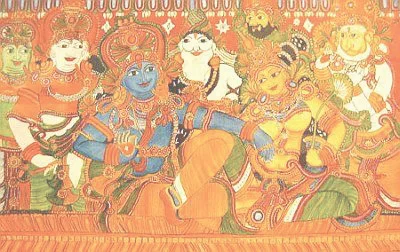
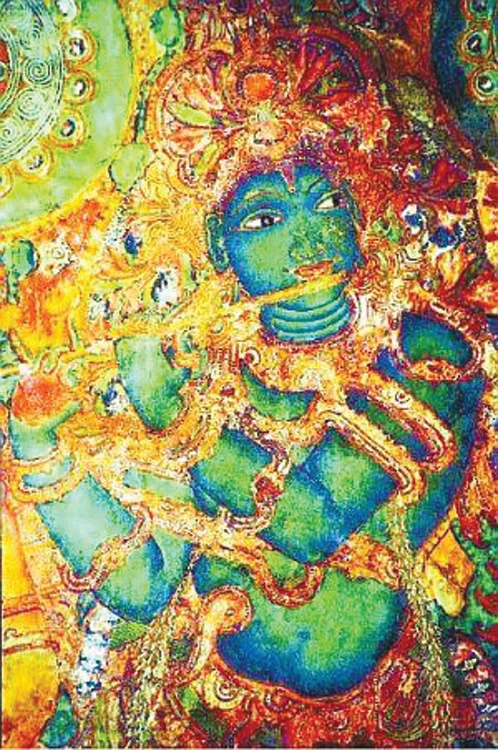
<div class="new-fform">
</div>
Latest Comments